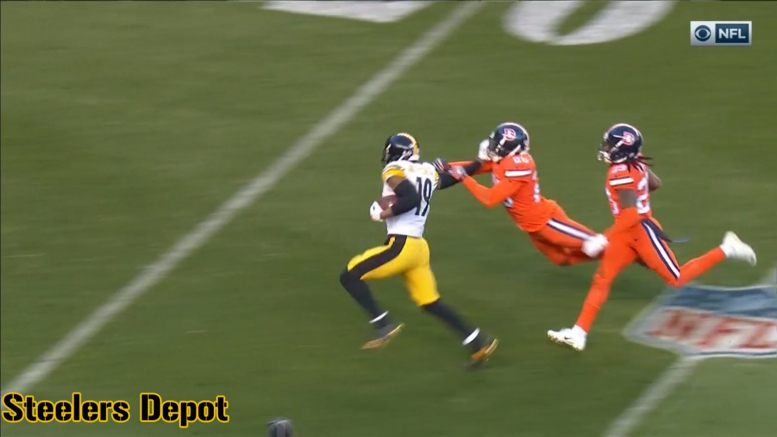I remain perplexed as to why anybody might view former NFL general manager Mike Tannenbaum as a credible source for roster building or salary cap management, but here we are for the second time in about a week or so discussing his takes on the Pittsburgh Steelers.
Earlier this month, Tannenbaum, an ESPN analyst, appeared on one of the network’s commentary shows in which he was asked to name the biggest loser of free agency. He opted for the Steelers, and offered a mixture of obvious and dubious reasons for his justification.
He is more recently quoted in an article by Brooke Pryor in which a case is attempted to be made that the team is in an identity crisis, and he takes the Steelers to task for re-signing wide receiver JuJu Smith-Schuster, once again deploying specious reasoning—on this occasion the idea that his 2020 yards-per-catch figure is indicative of his level of play.
“I’ve worked for a lot of great defensive coaches: Bill Belichick, Bill Parcells, Rex Ryan, Eric Mangini. From a defensive lens, you’re hoping the ball is being completed to a receiver that’s averaging less than 9 yards a catch”.
Of course you would like whoever your opponent is throwing the football to to be somebody who averages under nine yards per reception. But it’s flawed logic to judge Smith-Schuster’s ability to create offense based on his outlier YPC figure of 8.6 yards.
After all, he averaged 13.1 yards per catch the year before, and over the course of his first three seasons combined averaged 13.7 yards per catch. One who employs logic would search for outliers in attempting to explain why that number would drop so precipitously.
And it’s not hard to find, either. It comes from the fact that he averaged just 5.5 yards beyond the line of scrimmage as his average depth of target. His 4.4 yards before the catch per reception figure was among the lowest in the NFL among all wide receivers last season. Yet he also averaged 4.2 yards after the catch per reception, among the highest in the league—and that was without any big, long outlier plays. He had at least one reception of 76 or more yards on breakaway plays in each of his first three seasons, while his longest last year was 31 yards.








